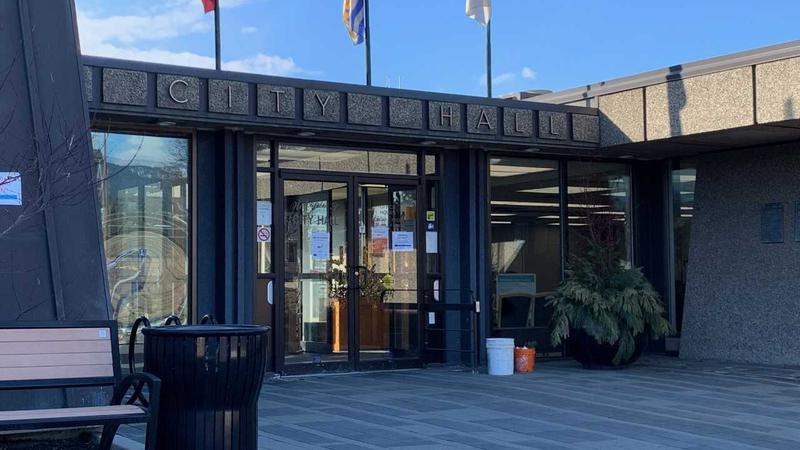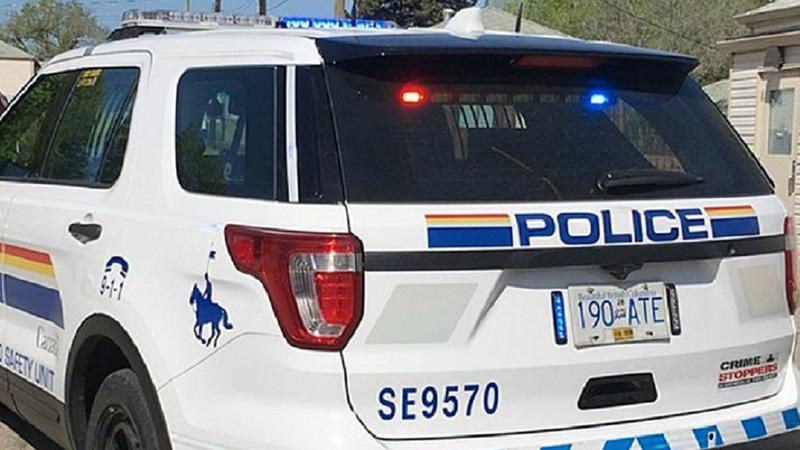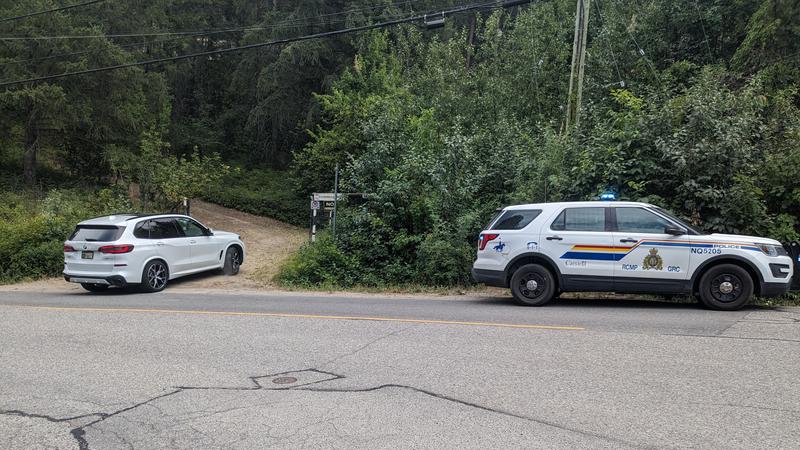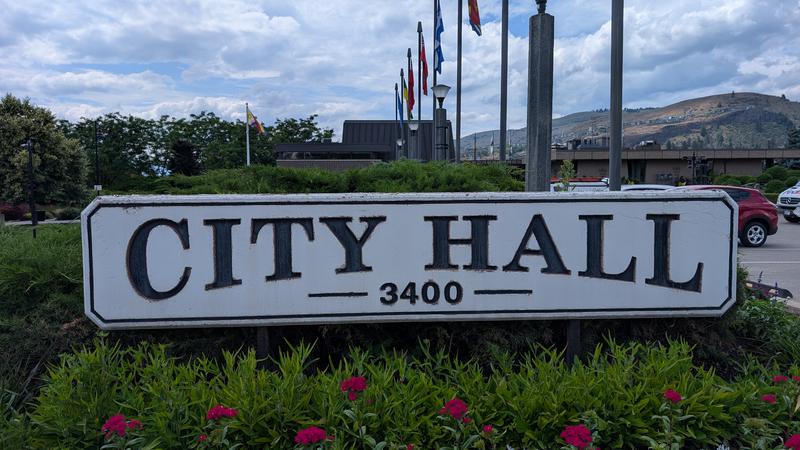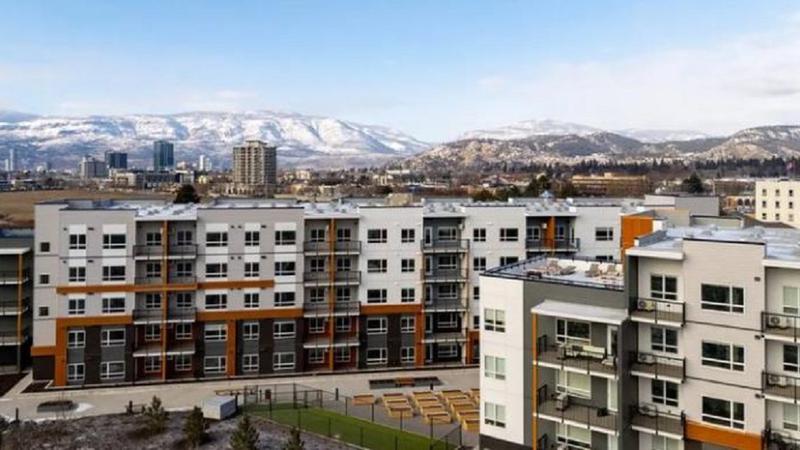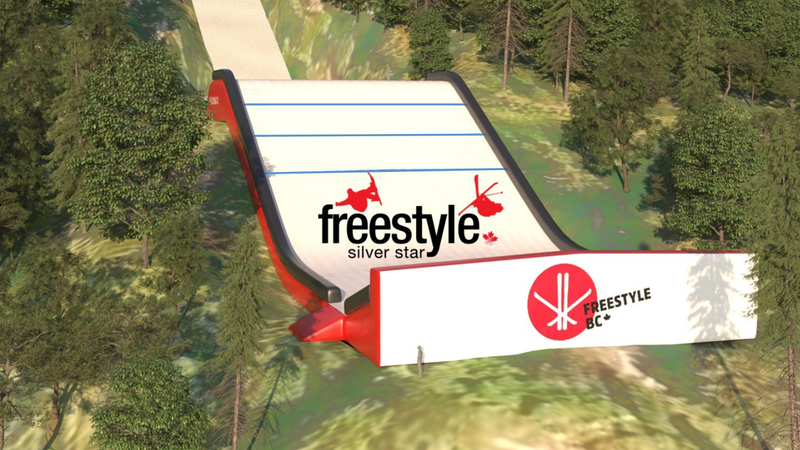
Vernon’s population has grown by 4,000 since 2016
The City of Vernon’s population has grown since the last census.
Statistics Canada says the census data from 2021 put Vernon’s population at 44,519.
That’s up 11 per cent from the 40,116 in the 2016 census.
Stats Can said there were 21,287 private dwellings in Vernon, and that 19,776 of those were occupied by permanent residents.


